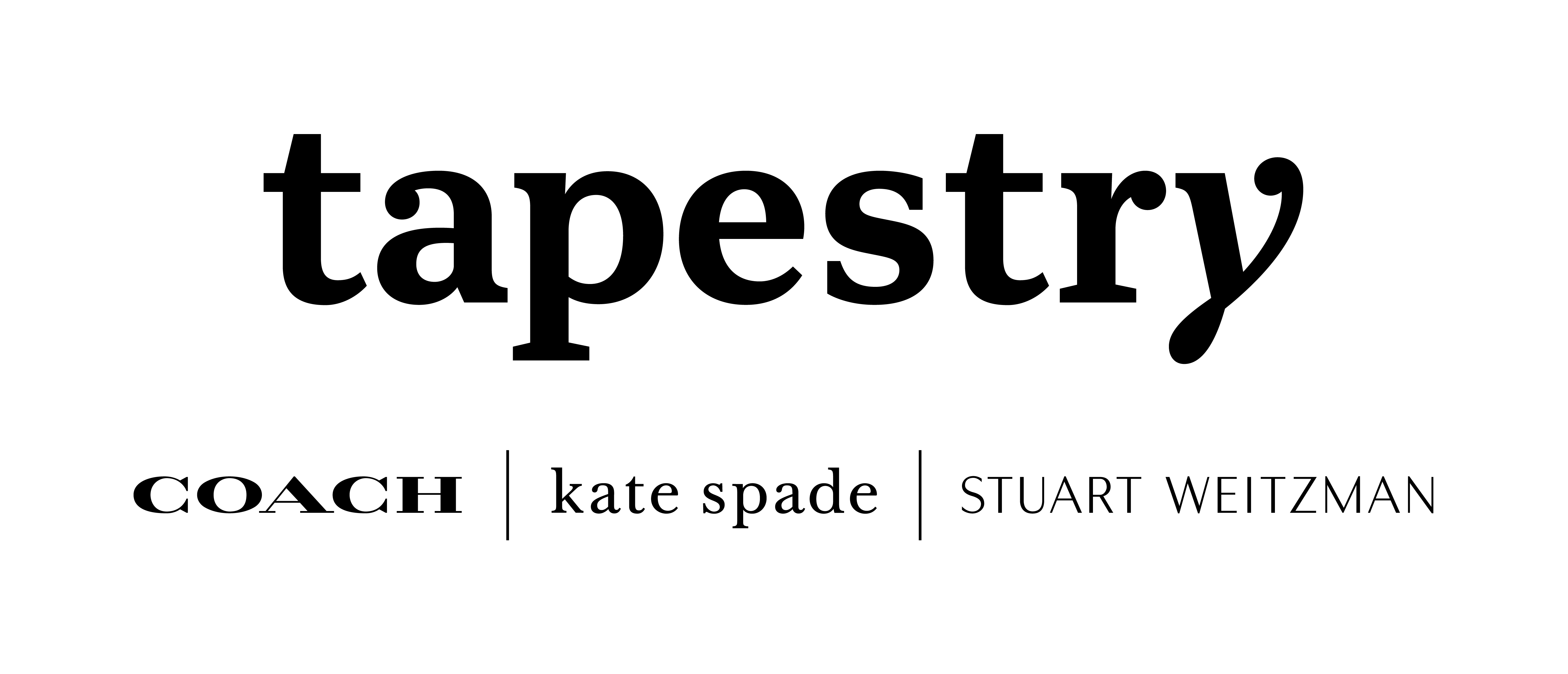Protecting Water Resources at Tapestry
Originally published in Tapestry's 2021 Corporate Responsibility Report
Access to clean, safe water is a fundamental human right. The apparel industry uses a significant amount of water at each stage of the production process, and we are making efforts to protect water resources in our sourcing countries while reducing water use across our business. Our goal is to reduce water usage by 10% across our supply chain and direct operations by 2025.
In FY2021, we exceeded a 10% reduction at our owned North America operations, achieving a 15.2% reduction from our 2018 baseline. We are now working towards reducing water by 10% across our supply chain by 2025 from a 2020 baseline and we’ve begun working with our suppliers to help set water reduction targets.
We continue to track water usage at our corporate locations – including our offices and distribution centers – and acquire data for most of our U.S. store locations. At our corporate locations, we utilize low flow filters and implement irrigation measures to reduce water use and regulate water usage over time.
Annually, we use the WRI Aqueduct Tool to conduct a water risk assessment of our stores and direct operations within North America to determine if any are located within areas that may be considered “water stressed.” We are looking to expand this assessment beyond our North America stores and direct operations.
Water in Our Supply Chain
67% percent of our suppliers who completed the Higg FEM water module and had their data verified by a third-party agency achieved a Level 1 rating, 11% achieved a Level 2 rating and 22% achieved a Level 3 rating.(11) Through the Higg FEM, we now have access to water data in our supply chain and can track and measure progress towards our 2025 goal. Based on Tapestry’s allocated volume at these verified facilities combined with our tanneries audited by the LWG, the suppliers disclosed using 2,508,706 m3, of which 17% comes from recycled water sources.
Wastewater and Effluents in Our Supply Chain
All Tapestry suppliers are required to adhere to all applicable laws and regulations of the regions in which they operate, including local laws regarding wastewater discharge permits. If a supplier does not operate in accordance with these regulations, we expect them to promptly develop and implement measures to correct issues of non-compliance. We work closely with our suppliers through the remediation process, including root cause analysis, goal setting, corrective action planning and followup.
41% of our suppliers who completed the Higg FEM wastewater module and had their data verified by a third-party agency achieved a Level 1 rating, 14% achieved a Level 2, and 2% achieved a Level 3 rating.(12) In FY2022, we aim to support our suppliers in setting sustainability goals to increase responsible wastewater management within their operations.
Read more about Higg FEM and our work to help suppliers improve environmental performance in the Engaging Our Suppliers section of this report.



